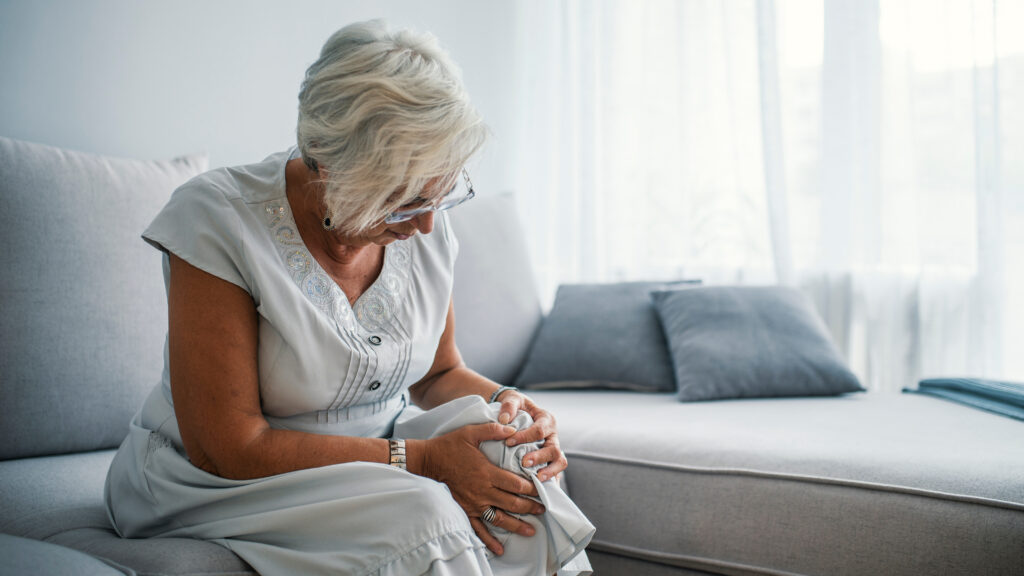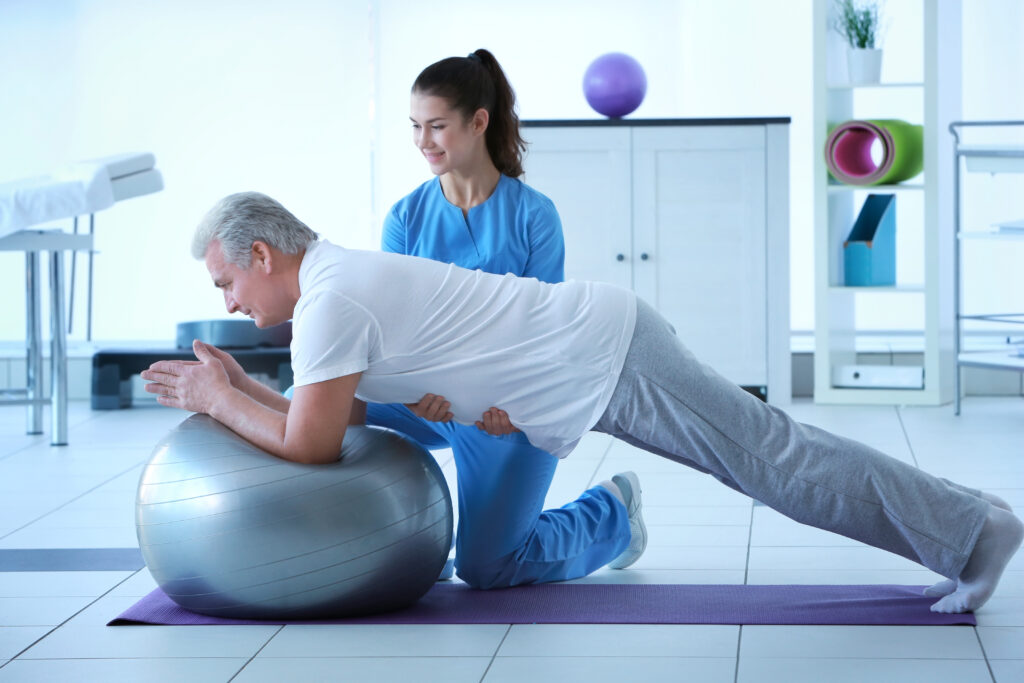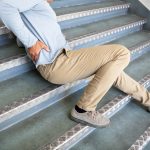May 11, 2023
Osteoporosis vs. Osteoarthritis
Osteoporosis and osteoarthritis may sound very much alike, but they are two completely different health conditions. Although these conditions are not the same, they do share some characteristics — such as, they both tend to affect older adults and the musculoskeletal system.
Understanding the differences and similarities between osteoarthritis vs. osteoporosis can help determine your next steps for treating and managing your condition.
Here’s what you need to know about osteoporosis vs. osteoarthritis, and how to contact Healthcare Associates of Texas if you think you may have one or both of these conditions.
What Is Osteoporosis?
Osteoporosis is a chronic bone disease. It occurs when your bones become weak and brittle to the point that they can break easily when you cough or fall. It can affect men and women of any age but is more common among aging women — particularly those who have gone through menopause.
Calcium and vitamin D are essential to building and maintaining strong, healthy bones. Often, osteoporosis is caused by lack of calcium and vitamin D in your diet.
Osteoporosis causes and risk factors include:
·Age: It is more common among older adults.
·Gender: It is more common in women.
·Body size: It is more common in people with small bodies.
·Diet: Lack of vitamin D and calcium can increase your risk.
·Family history: You are more likely to get osteoporosis if it runs in your family.
·Hormonal changes: Low estrogen levels (in women) and low testosterone levels (in men) increase your risk.
·Certain medications: Drugs used to treat depression, asthma and cancer are linked to osteoporosis.
·Certain medical conditions: HIV, AIDS, and cancer are some of the many medical conditions related to osteoporosis.
·Heavy alcohol use
·Lack of exercise
·Smoking
The most apparent sign of osteoporosis is having bones that break easily after a fall. Other common signs and symptoms of osteoporosis include:
·Loss of height
·Stooped posture
·Bones that break easily when coughing, lifting or bending over
What Is Osteoarthritis?
Osteoarthritis is a degenerative joint disease. It occurs when the tissues in your joints gradually break down to cause pain in one or more joints throughout the body. It can affect anyone at any age, though it is more common in women over 50.
Risk factors of osteoarthritis include:
·Age: It is more common in older adults.
·Body mass index: It is more common in those with excess weight.
·History of joint damage
·Family history: You are more likely to get osteoarthritis if it runs in your family.
·Overuse of certain joints due to repetitive movements
·Malformed joints
Symptoms of osteoarthritis usually develop slowly over time. Common symptoms include:
·Pain when using the joint
·Stiffness and swelling in the affected joint
·Changes in the way you can move your joint
·Looseness or instability in the joint
What’s the Difference Between Osteoarthritis and Osteoporosis?
According to the National Council on Aging, many people who have osteoporosis also have osteoarthritis. This is why the two conditions are often confused with one another.
The main difference between osteoarthritis and osteoporosis is that osteoarthritis affects the joints, while osteoporosis affects the bones. Joints and bones both make up the musculoskeletal system. In all, the musculoskeletal system is made up of:
·Bones
·Joints
·Muscles
·Cartilage
·Tendons
·Ligaments
·Connective tissues
Osteoporosis vs. Osteoarthritis: Are They the Same?
When looking at osteoarthritis vs. osteoporosis, it is easy to see similarities between the conditions. For instance, both conditions are more common among older adults — specifically women. Also, both conditions are more likely to occur in older women who have gone through menopause.
Osteoporosis and osteoarthritis can greatly reduce your quality of life if one or both conditions are not treated. They can cause chronic pain and make it difficult for you to perform normal everyday activities. They can also affect your social life and increase your risk for depression and isolation, as you may tend to stay home more often to manage symptoms.
How to Manage Osteoporosis
If you are diagnosed with osteoporosis, your doctor may prescribe medications that can increase your bone density and/or bone strength. If low hormone levels are contributing to your condition, your doctor may also put you on hormone therapy.
Certain lifestyle changes can reduce your risk of falling and strengthen your bones. Your doctor may recommend eating healthy foods and exercising regularly. If you meet risk factors for osteoporosis, such as smoking or heavy alcohol use, your doctor may work with you to stop those behaviors.
How to Manage Osteoarthritis
The goal of osteoarthritis treatment is to reduce your pain and make you feel more comfortable.
 Your doctor may recommend using over-the-counter pain relievers such as acetaminophen to reduce joint pain and inflammation. You may also receive physical therapy. Physical therapy can help strengthen muscles around problematic joints to reduce pain.
Your doctor may recommend using over-the-counter pain relievers such as acetaminophen to reduce joint pain and inflammation. You may also receive physical therapy. Physical therapy can help strengthen muscles around problematic joints to reduce pain.
Other treatments for osteoarthritis include:
·Occupational therapy
·Cortisone injections: These injections may be used on a short-term basis to reduce pain.
·Hyaluronic acid injections: These injections can lubricate your joints and reduce stiffness.
·Joint replacement surgery: This procedure involves replacing damaged joints with artificial joints.
Preventing Osteoporosis
Having strong bones can reduce your risk for osteoporosis. Eating lots of foods high in calcium and vitamin D can help your bones stay strong.
Foods that are good for bone health include:
·Dark leafy greens, like kale, spinach and arugula
·Low-fat dairy
·Soy products
·Salmon and sardine with bones
Other ways to prevent osteoporosis include exercising regularly and exposing your skin to sunlight. Sunlight helps your body make vitamin D, which aids in your body’s absorption of calcium.
Preventing Osteoarthritis
Exercising regularly is one of the best ways to reduce your risk for osteoarthritis. Exercise can increase your flexibility and muscle strength and help you avoid joint stiffness.
Maintaining a healthy weight can also help you avoid osteoarthritis. This is because excess weight can put extra stress on your joints. Steps you can take to lose excess weight include exercising regularly and eating fewer sweets.
When to See a Doctor
Make an appointment with your doctor right away if you are experiencing symptoms of osteoporosis or osteoarthritis. You should also see your doctor if you meet the risk factors for either condition. For example, if you have gone through menopause or these diseases run in your family, your doctor can screen you for one or both conditions.
Request an appointment with our primary care practice at Healthcare Associates of Texas today if you are experiencing symptoms that you think may be osteoporosis or osteoarthritis. We can review your medical history, perform an exam and discuss all your available treatment options.
References:
- NIAMS. 2019. “Osteoporosis.” National Institute of Arthritis and Musculoskeletal and Skin Diseases. March 4, 2019. https://www.niams.nih.gov/health-topics/osteoporosis.
- NIAMS. 2019. “NIAMS Health Information on Osteoarthritis.” National Institute of Arthritis and Musculoskeletal and Skin Diseases. August 2, 2019. https://www.niams.nih.gov/health-topics/osteoarthritis.
- “The National Council on Aging.” N.d. Ncoa.org. https://ncoa.org/article/osteoarthritis-vs-osteoporosis-what-are-the-differences.
- Garrick, Nancy. 2017. “Osteoporosis.” National Institute of Arthritis and Musculoskeletal and Skin Diseases. April 7, 2017. https://www.niams.nih.gov/health-topics/osteoporosis/diagnosis-treatment-and-steps-to-take.
- Nancy Garrick, Deputy Director. 2017. “Osteoarthritis.” National Institute of Arthritis and Musculoskeletal and Skin Diseases. April 7, 2017. https://www.niams.nih.gov/health-topics/osteoarthritis/diagnosis-treatment-and-steps-to-take.
DISCLAIMER
The information featured in this site is general in nature. The site provides health information designed to complement your personal health management. It does not provide medical advice or health services and is not meant to replace professional advice or imply coverage of specific clinical services or products. The inclusion of links to other web sites does not imply any endorsement of the material on such websites.



